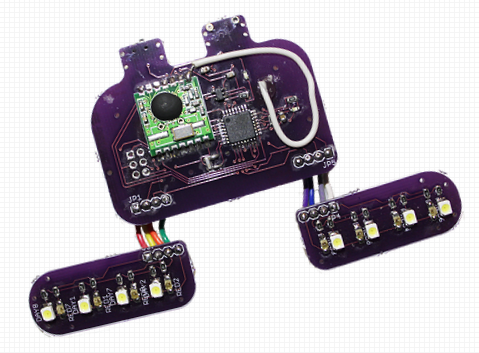
[Joshua Klein] is intrigued by crows, and in particular, their intelligence. He’s devised a system that may be able to train wild crows into performing useful tasks, such as exchanging lost coins for treats.
The idea started as a random conversation at a cocktail party almost 10 years ago, and now has become a reality. In fact, we actually mentioned this project’s beginnings 5 years ago! So far they have succeeded in training captive crows to exchange lost coins using the Crowbox to receive treats. The end goal however is to teach wild crows the same thing — once this is proven, it could be extended to other tasks, like search and rescue, sorting through discarded electronics, or even garbage collection!
The project is opensource, and the Arduino driven Crowbox is looking for alpha-testers to help experiment with wild crows from different locals. The current community is rather small, so if you’re interested in the concept, please check it out. We’ve attached [Joshua’s] excellent TED talk on the intelligence of crows after the break — if you’re not fascinated by crows yet, you will be!
Continue reading “The Crowbox Turns Crows Into A Cash Machine”




 Learning with visuals can be very helpful. Learning with models made from NXT Mindstorms is just plain awesome, as [Rdsprm] demonstrates with this
Learning with visuals can be very helpful. Learning with models made from NXT Mindstorms is just plain awesome, as [Rdsprm] demonstrates with this 










